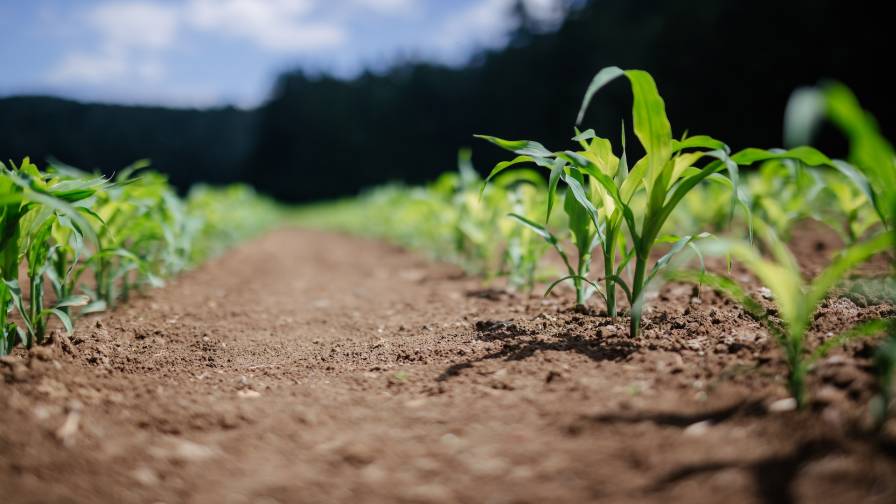Technology for Delivering Real-Time Soil Data Essential for Food Quality

Monitoring soil quality with AI or satellite data employs connectivity to enable new agricultural capabilities, which can optimize yields and increase values in advanced markets. Photo credit: Adrian Infernus
Soil provides myriad benefits for agriculture and the environment. Its health is vital to farming because it’s essential for nutrition, water filtration, climate regulation, and plant growth. However, it’s threatened by environmental changes such as climate change. Improving soil quality is imperative to sustain agriculture and feed the world’s growing population.
Here are some things farmers can do to ensure soil quality is at its best.
Digitized Soil Health
Agriculture must be monitored or digitized to address increasing environmental changes like climate change, severe weather, and sustainable farming. Food demands are increasing while supply is undergoing setbacks. Eco-friendly practices can improve soil health and reduce environmental impact. The world’s water supply is predicted to fall short by 40% in 2030, with costs already rising, so preserving water is of utmost importance.
It takes about 1 liter to produce one calorie — that’s about 2,000 liters of water to feed one person daily. The growing population is projected to increase drastically, requiring more calories generated by quality soil. A digital transformation can help manage risk and variability and improve decision-making, economics and livestock well-being.
MORE BY JANE MARSH
What Would This Technology Monitor?
Farmers are trying to keep up with food production to keep pace with the increasing population. Monitoring soil quality with AI or satellite data employs connectivity to enable new agricultural capabilities, which can optimize yields and increase values in advanced markets. Here are some variables that digitizing agriculture can help monitor to improve soil quality and the environment.
Soil Data
Monitoring or digitizing soil health can track texture, moisture, pH, organic carbon and carbon stock, temperature and total nitrogen. Texture defines the porosity and holding capacity of water within the soil. Moisture is the water content of the earth that affects air content, toxicity, and salinity.
Soil moisture also regulates density, temperature, heat capacity, structure, and ductility. Soil should hold enough water to sustain flora, but not too much or it will cause root rot. pH shows nutrient content and indicates how suitable it is to promote plant growth. Carbon, temperature, and total nitrogen all play a role in plant growth and processing.
Pest Control
AI can help agriculture by predicting pesticide spray times, route planning, and pests that could damage the soil. Monitoring crops with drones can provide a full-time monitoring system with real-time data. Drones can detect disease and report their findings to farmers, limiting the spread and saving remaining crops.
AI-enhanced farming equipment offers a solution to weeds that threaten crops and their health. Camera-enabled machines can identify and remove weeds that damage plants. They can reduce costs by minimizing herbicides and pesticides farmers use.
Risk Management
AI can help farmers with risk management and precision forecasting. Predicting and analyzing crop performance can help identify and control threats. IoT data uses algorithms to predict variables like plant strain, soil data and preparation, irrigation, supply chain management, and economic trends.
Employing ideas for soil improvement can make a significant difference in crops, which can fail with something as simple as degraded or unmanaged soil. Smart irrigation systems can help create reliable agricultural predictions. Environmental challenges like catastrophic or unpredictable weather threaten the agriculture industry, but this new technology can help farmers streamline their operations and predict the year’s harvest.
Future Combination of Tech and Agriculture
Combining technology with soil health and agriculture could hold the key to increased demand and limited supply. Combating the climate crisis and increasing sustainability in every area possible is essential for an improved environment. AI can simultaneously improve agriculture and the environment’s health, and everything possible should be done to ensure it’s used to its fullest capacity.









